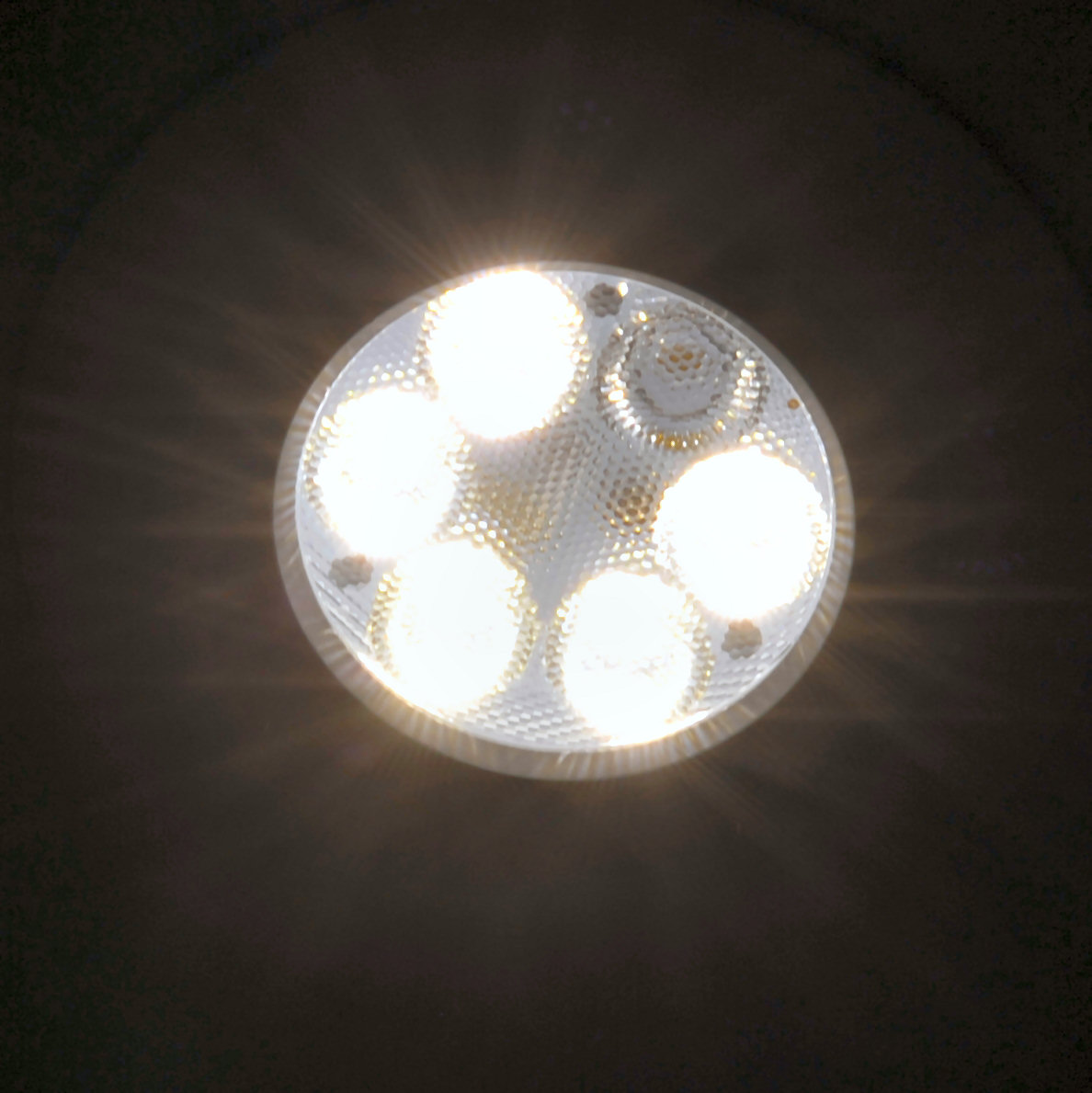Hi,
Does anyone have any views on the reliability of LED downlights? I'm talking about the integrated ones rather than LED GU10s for standard fittings.
I bought 60 of these things for a major extension and refurb, and 6 months later 7 have failed one way or another. One flickered (off more than on), one died completely, and the remaining 5 lost at least one of the LEDs. I'll not name the make as the manufacturer has been very good about replacing them and is currently investigating the problem.
My main concern is the time it takes to swap them out, not to mention the damage it does to the ceiling no matter how careful you are. And it can't be right that so many should fail (from 3 different batches) in such a short time, especially considering they are guaranteed for 10 years. I'm beginning to regret not using something a bit more traditional.
Cheers,
Nomis
Does anyone have any views on the reliability of LED downlights? I'm talking about the integrated ones rather than LED GU10s for standard fittings.
I bought 60 of these things for a major extension and refurb, and 6 months later 7 have failed one way or another. One flickered (off more than on), one died completely, and the remaining 5 lost at least one of the LEDs. I'll not name the make as the manufacturer has been very good about replacing them and is currently investigating the problem.
My main concern is the time it takes to swap them out, not to mention the damage it does to the ceiling no matter how careful you are. And it can't be right that so many should fail (from 3 different batches) in such a short time, especially considering they are guaranteed for 10 years. I'm beginning to regret not using something a bit more traditional.
Cheers,
Nomis




